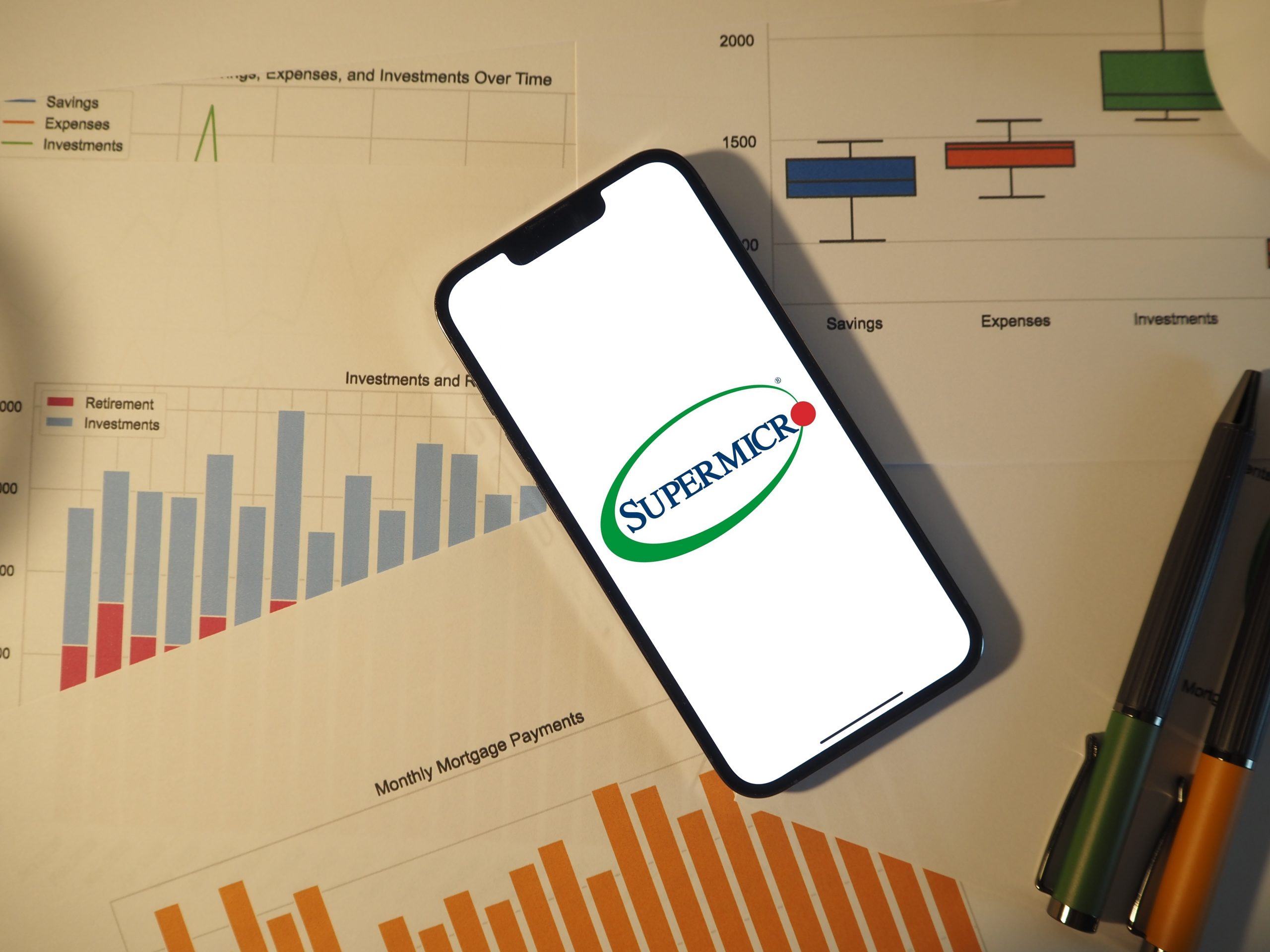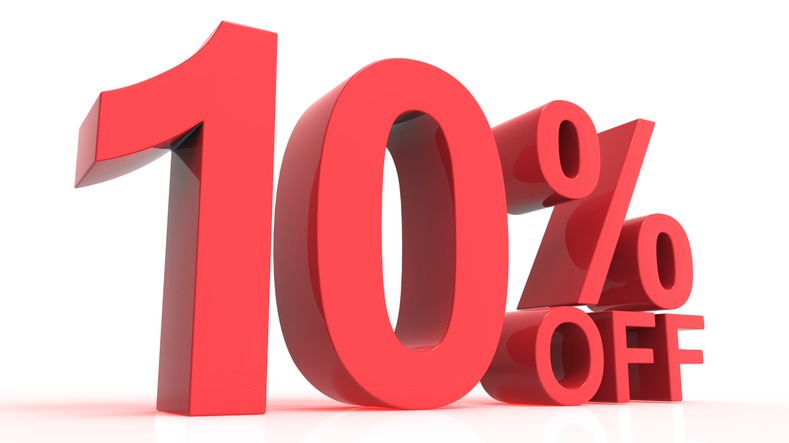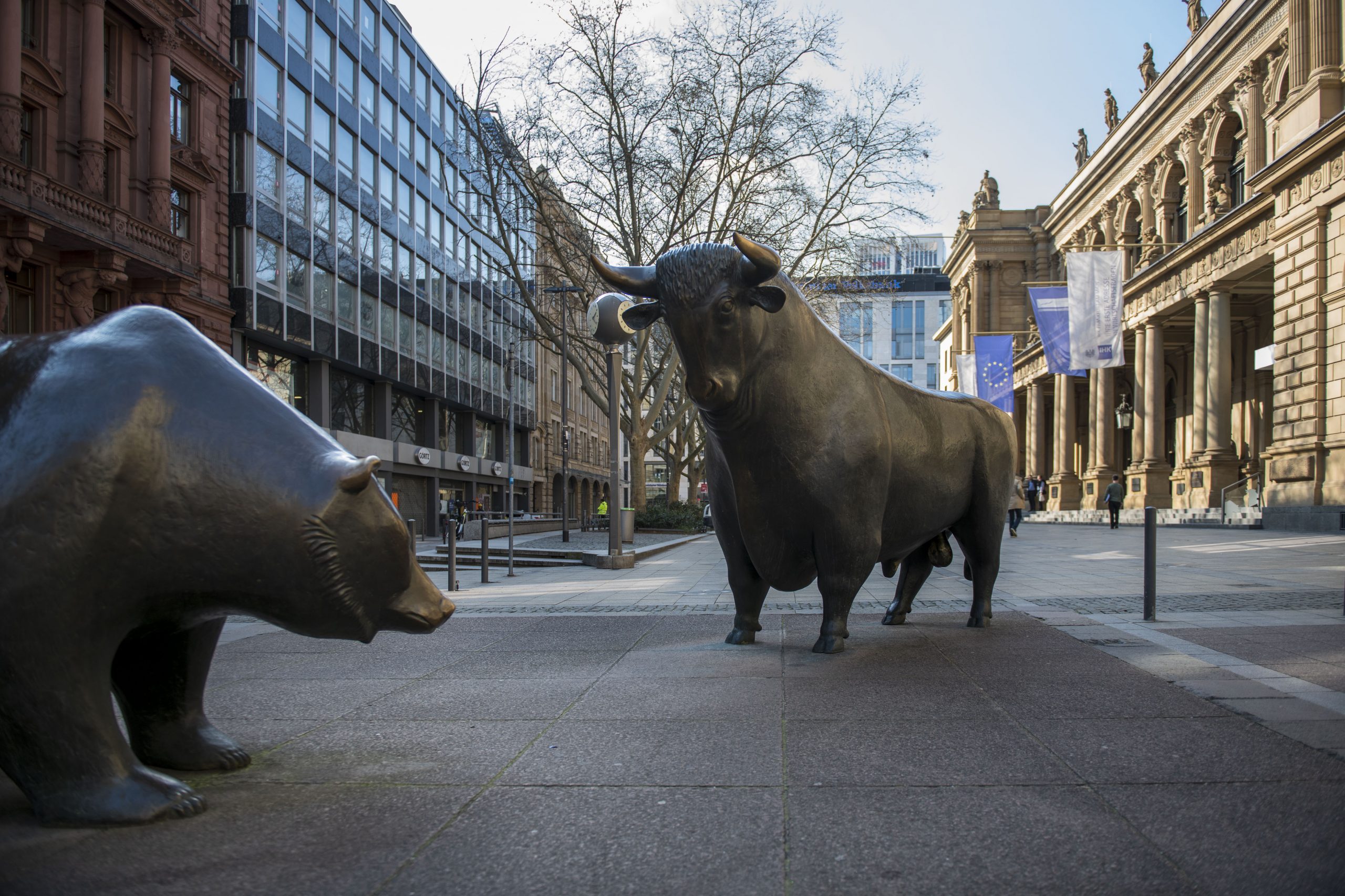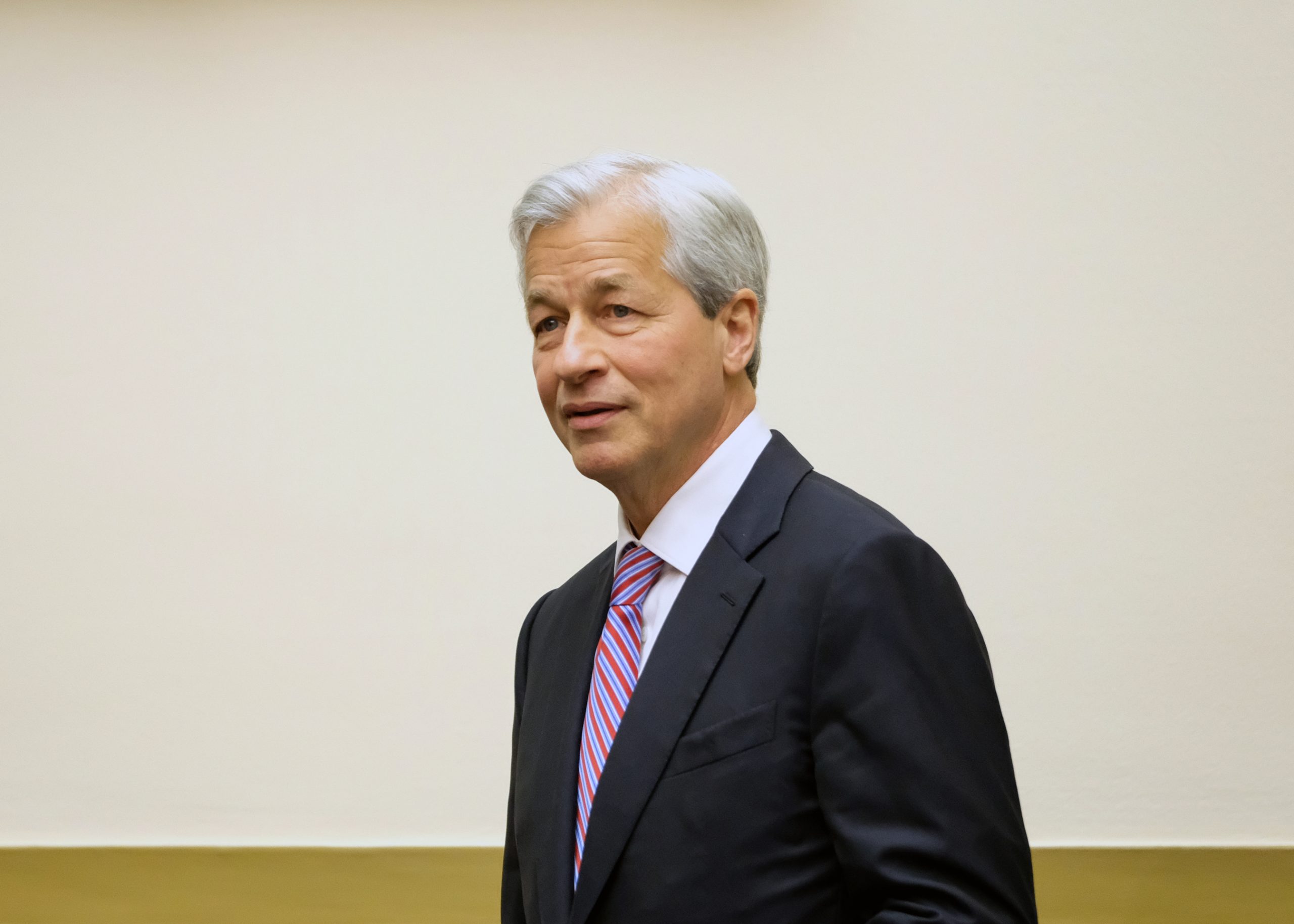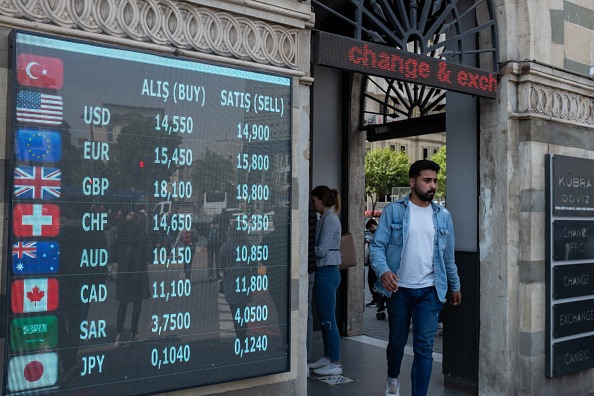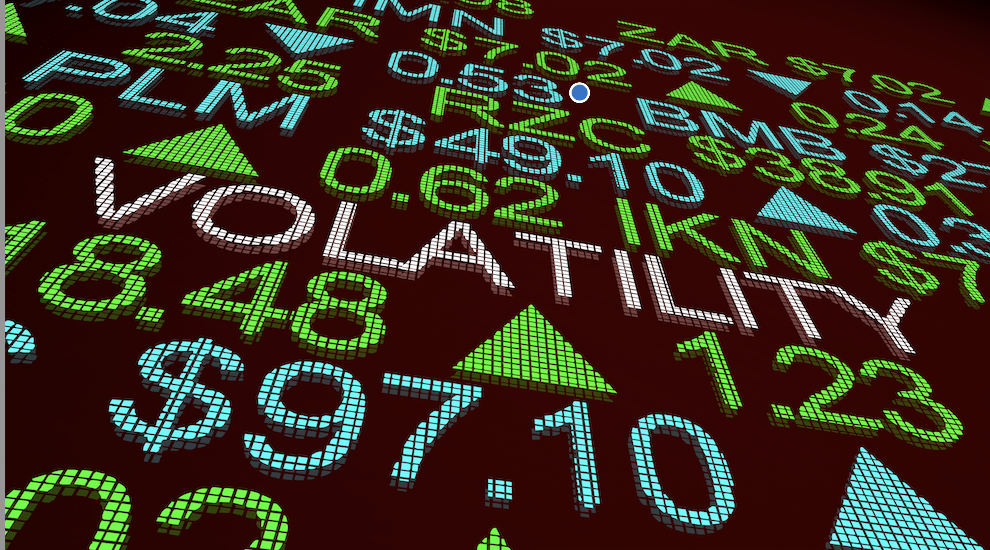Pairs Trading All-time Highs in the FTSE 100
As of early January 2023, the FTSE 100 index—often referred to as the “Footsie”—is on the cusp of breaking above its all-time record high of 7,903, which was set back in May 2018

Much like the major U.S. stock indices, worldwide index performance in 2022 was subpar.
However, one of the outperformers from last year—the United Kingdom’s FTSE 100 index—continues to shine in 2023. So far this year, the FTSE 100 is up nearly 4%. That may not sound like a lot, but when it comes to index performance, it’s all relative.
In 2022, the FTSE 100 traded roughly flat on the year, but that was far superior to index performance in the U.S. Last year, the S&P 500 dropped by 19%, while the Dow Jones Industrial Average was down by approximately 9%.
The FTSE 100, often referred to as the “Footsie,” is now on the cusp of breaking above its all-time record high of 7,903, which was set back in May 2018. The Footsie is currently trading about 7,850.
This year, the U.S. stock market has also been moving higher. Year-to-date, the S&P 500 is up about 4%, and the Nasdaq 100 is up about 6%.
Considering that U.S. stocks were down significantly in 2022, the current global rally could set the stage for a potential pairs trade involving the S&P 500 and the FTSE 100.
This trade would hinge on a snapback in the S&P 500, as it plays catch up from last year. To be profitable, that trade would require the S&P 500 to rally in stronger fashion than the FTSE 100 during the life of the position. Considering that the FTSE 100 is already pushing against all-time highs, and that the S&P 500 is still 18% off its all-time high, that may be a scenario that some investors and traders view as a likely outcome.
Pairs trading involves taking the opposite position in two different underlying securities, or two different maturities in the same underlying security. One key to effective pairs trading is a known, strong correlation (positive or negative) between the two underlyings in question.
Traditionally, indices from North America and Europe tend to share a relatively strong positive correlation due to the interconnectedness of the two economies. The two regions are also closely linked by a shared history, not to mention strong cultural and military bonds.
Pairs trading of equity indices can be done using futures, or using ETFs like the SPDR S&P 500 ETF Trust (SPY) and the iShares MSCI United Kingdom ETF (EWU).
The 3-month correlation between the SPDR S&P 500 ETF Trust (SPY) and the iShares MSCI United Kingdom ETF (EWU) is 0.74, which implies a relatively strong relationship exists between the two.
To learn more about pairs trading equity indices using ETFs, check out this episode of Market Measures on the tastylive financial network. For more on pairs trading equity indices using futures, watch this episode of Closing the Gap.
The S&P 500 and the FTSE 100 are both equity indices that track collections of stocks in specific countries with the aim of tracking how the overall stock market is performing in each country.
The FTSE 100 is a share index of the 101 largest companies by market capitalization listed on the London Stock Exchange. However, the FTSE 100 isn’t necessarily indicative of the economy in the UK because many of the companies in the FTSE are internationally-focused.
A common criticism of the Footsie is that companies within the index are focused on the “old world” economy—meaning that a large concentration of companies in the FTSE 100 focus on banking, drug manufacturing and oil.
Accordingly, the technology sector isn’t well-represented in the FTSE 100. Several of the highest-capitalized companies in the FSTE include AstraZeneca (AZN), Shell PLC (SHEL), Unilever PLC (UL), Diageo PLC (DGE), and HSBC Holdings (HSBC).
Source: sharesmagazine.co.uk
The S&P 500, on the other hand, is basically a “who’s who” of the global stock market. Several of the best-known and highest-capitalized companies from the S&P 500 include Alphabet (GOOGL), Amazon (AMZN), Apple (AAPL) and Microsoft (MSFT).
The S&P 500 is made up of 505 stocks because some of the stocks in the index have multiple classes of shares. The FTSE 100 has 101 stocks included for the same reason.
The S&P 500, therefore, has five times as many constituents as the FTSE 100, which means the market capitalization of the former is much greater than the latter. Roughly 74 of the stocks in the S&P 500 are from the technology sector, while only seven stocks hail from the tech sector in the FTSE 100.
The current price/earnings ratio of the S&P 500 is around 27, whereas the P/E of the FTSE 100 is closer to 15. That difference is likely driven by the growth utility of companies in the S&P 500, as compared with the cyclical utility of companies in the FTSE 100.
The historic dividend yield of the S&P 500 is roughly 1.8%, whereas the historic dividend yield of the FTSE 100 is closer to 3.5%.
For more on pairs trading equity indices, check out this episode of Closing the Gap. To follow everything moving the markets this year—including international indices like the FTSE 100—watch tastylive, weekdays from 7 a.m. to 4 p.m. CDT.
Sage Anderson is a pseudonym. He’s an experienced trader of equity derivatives and has managed volatility-based portfolios as a former prop trading firm employee. He’s not an employee of Luckbox, tastylive or any affiliated companies. Readers can direct questions about this blog or other trading-related subjects, to support@luckboxmagazine.com.


